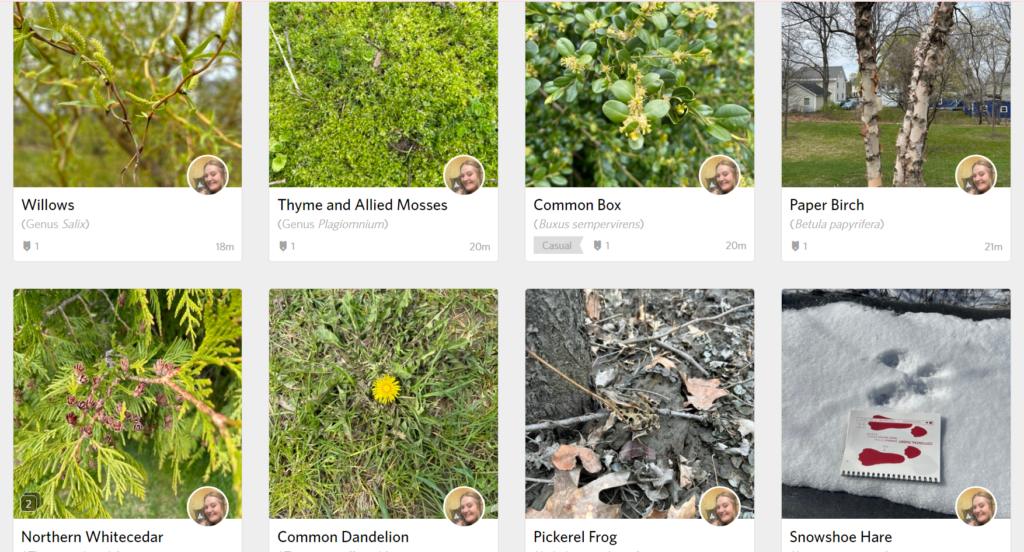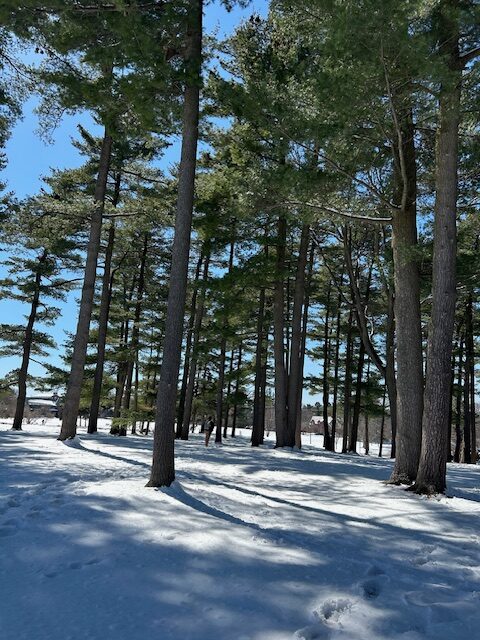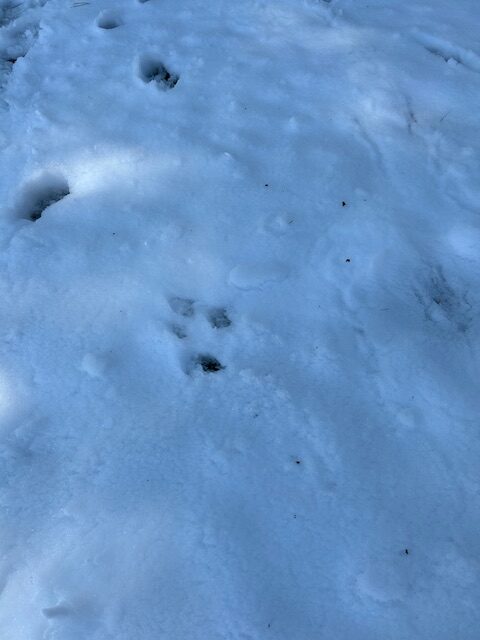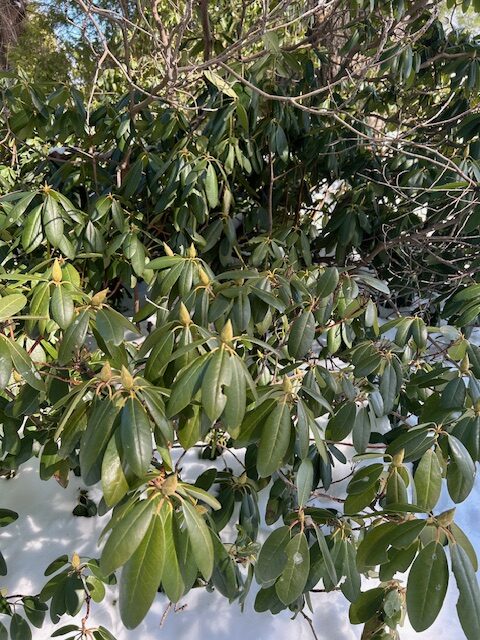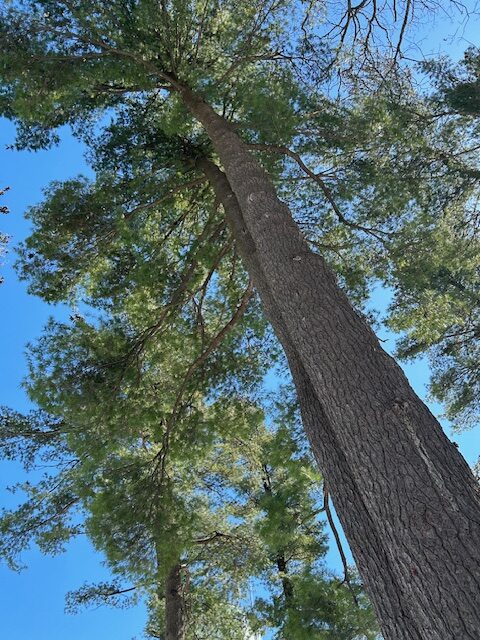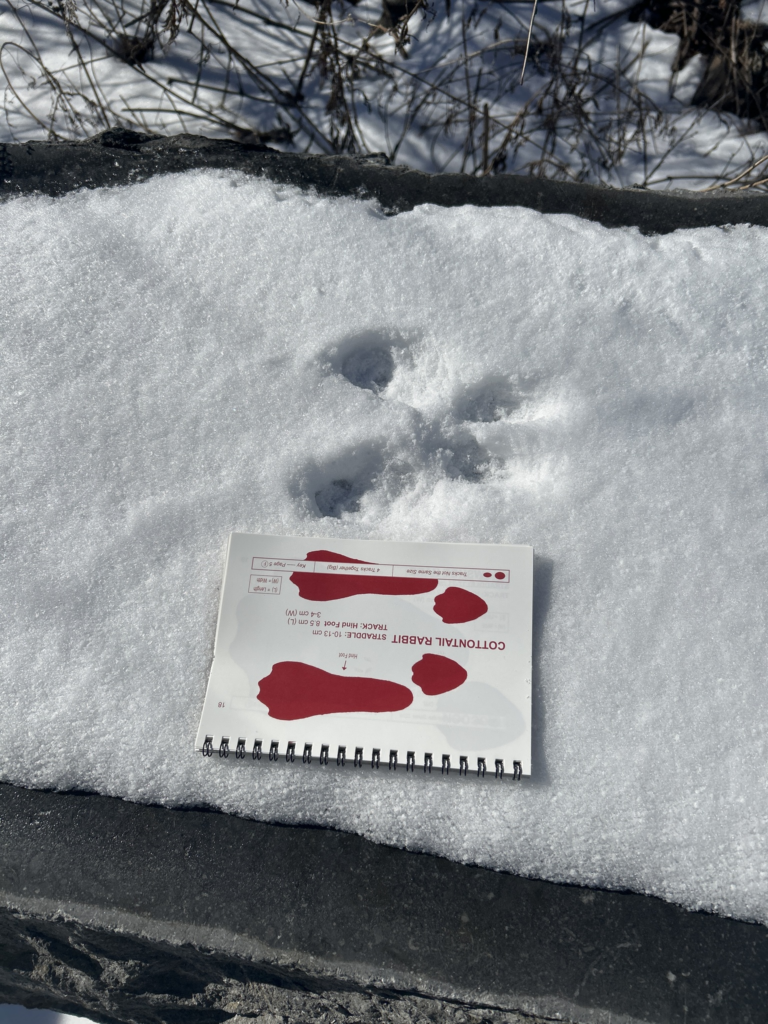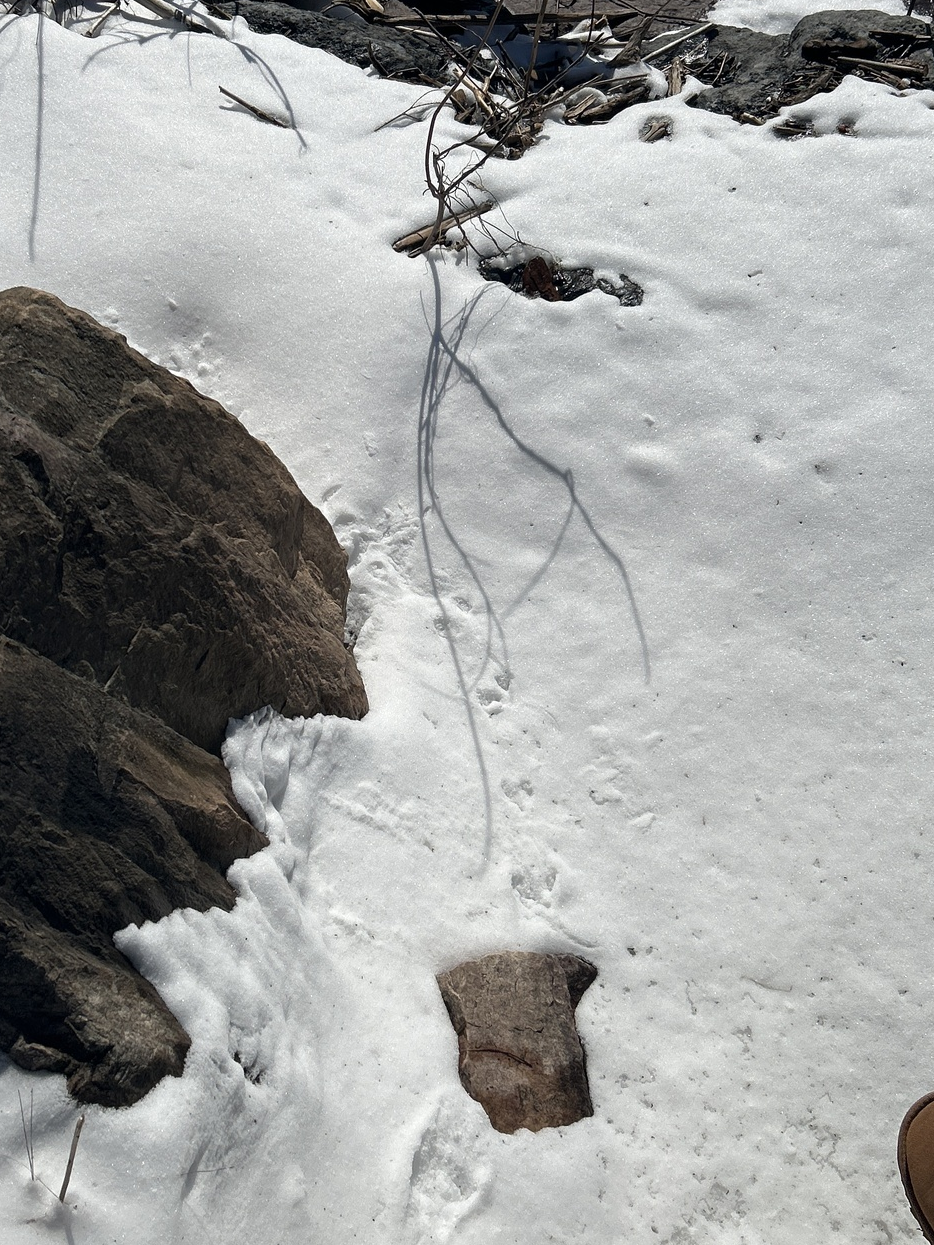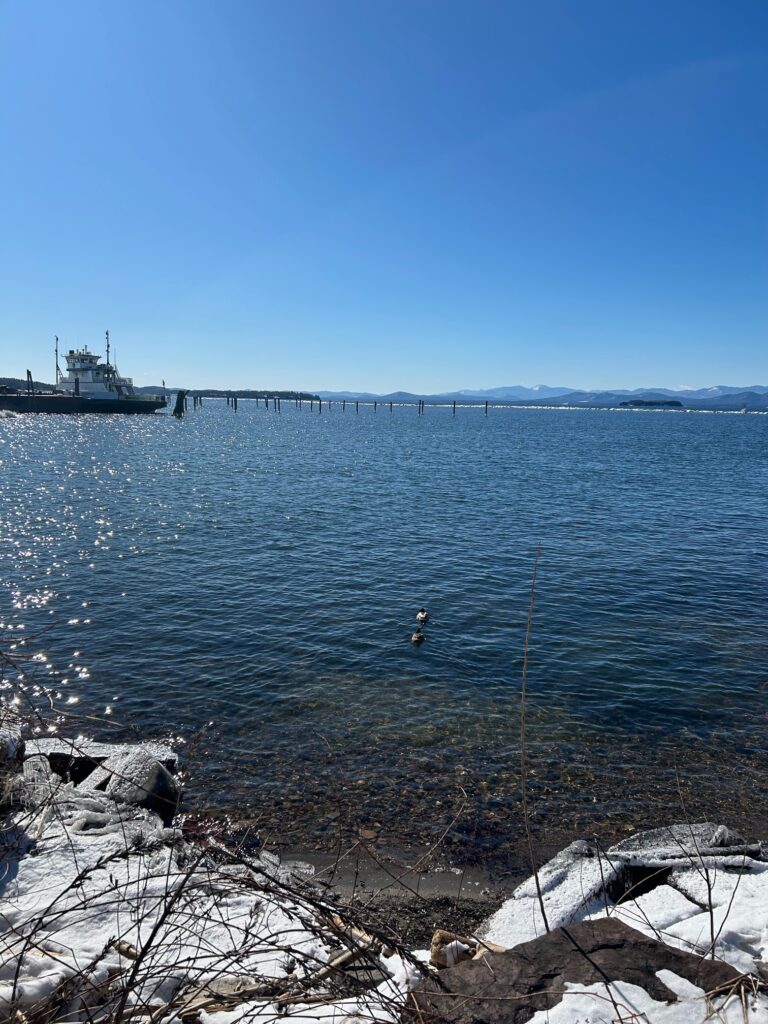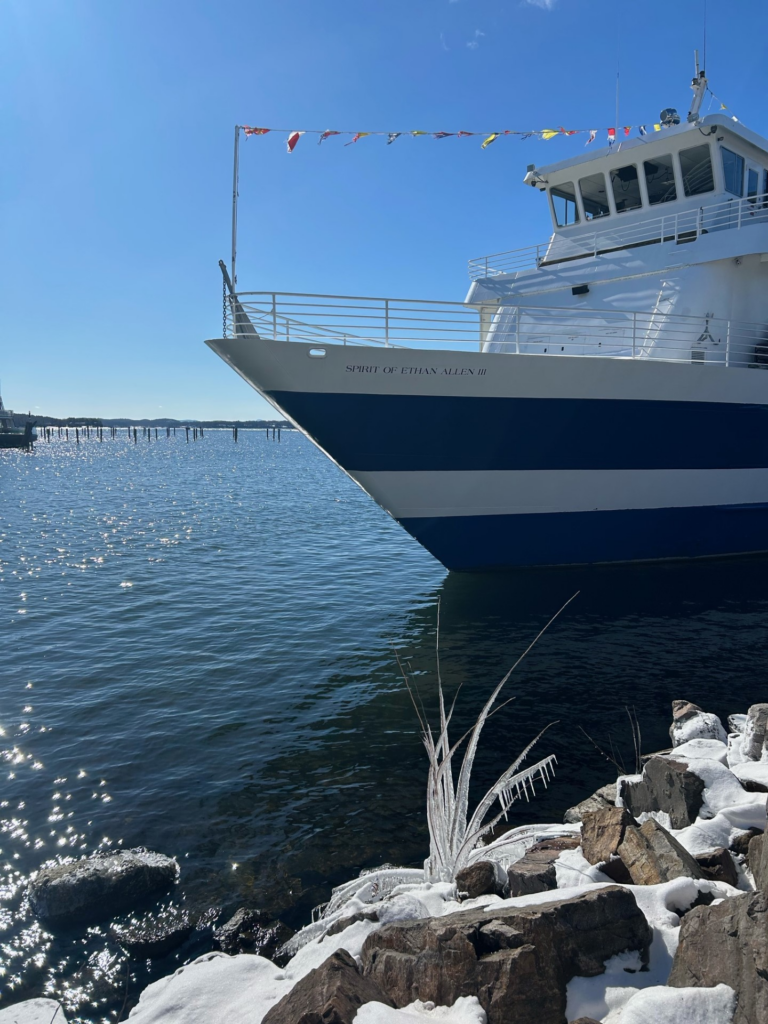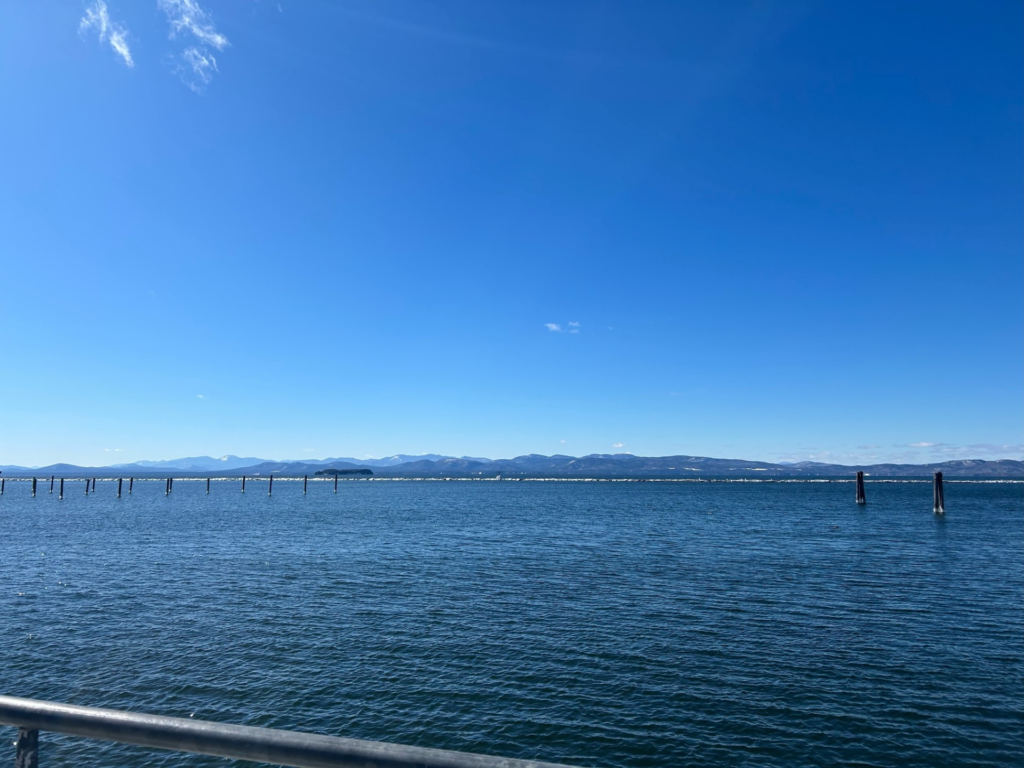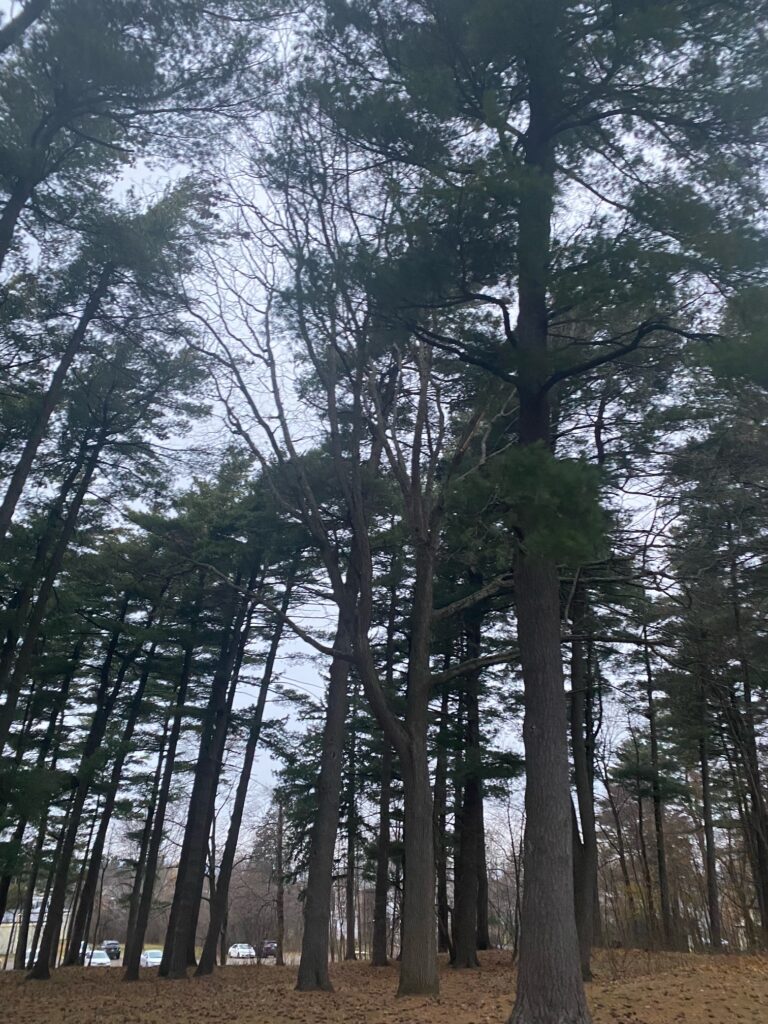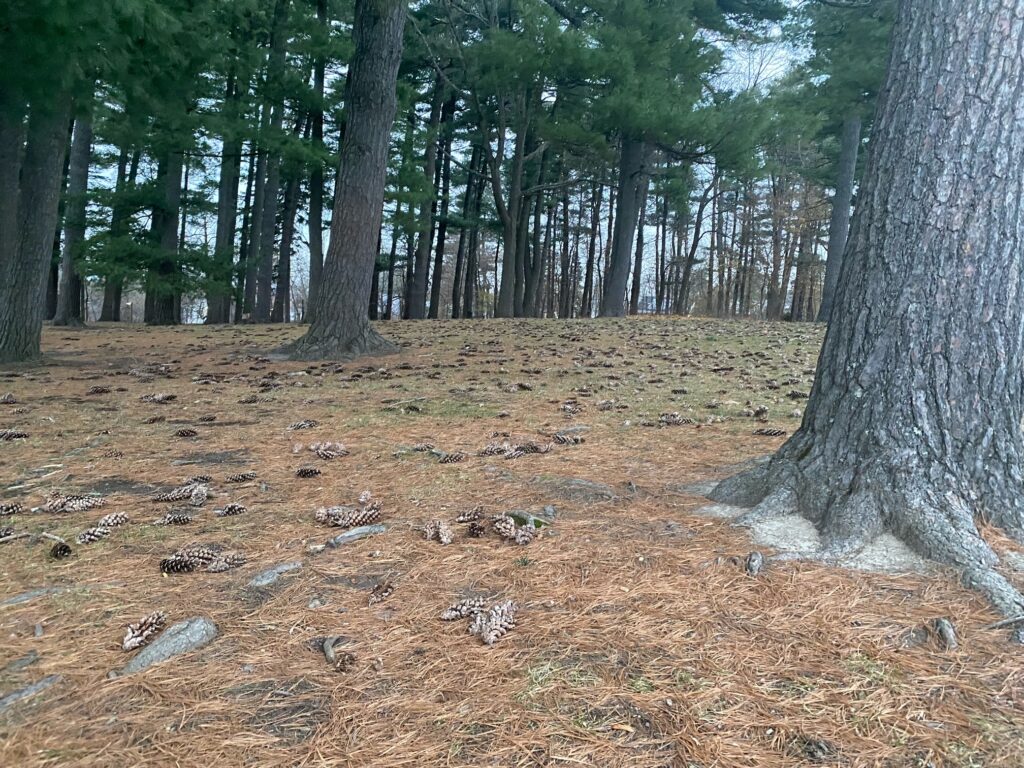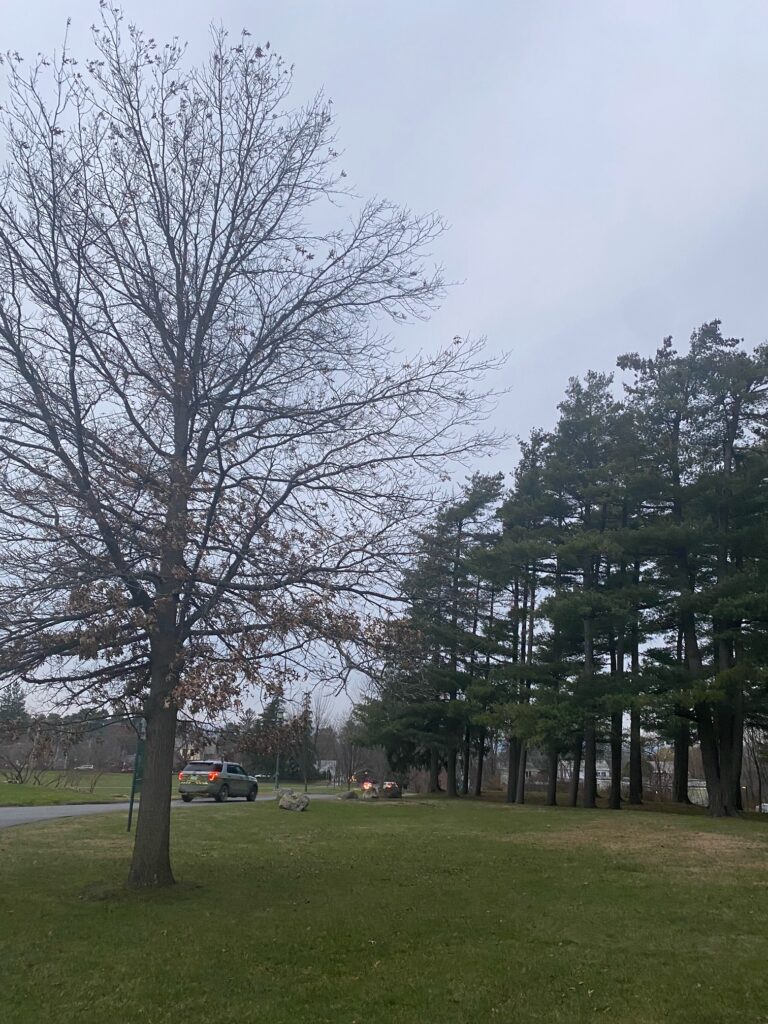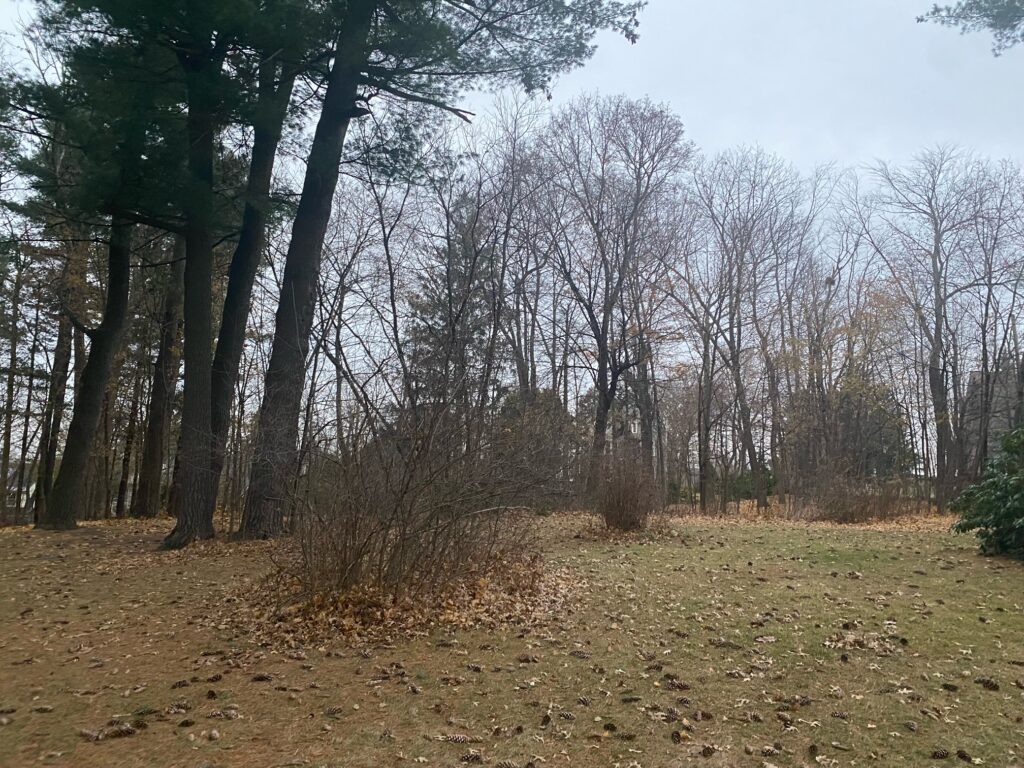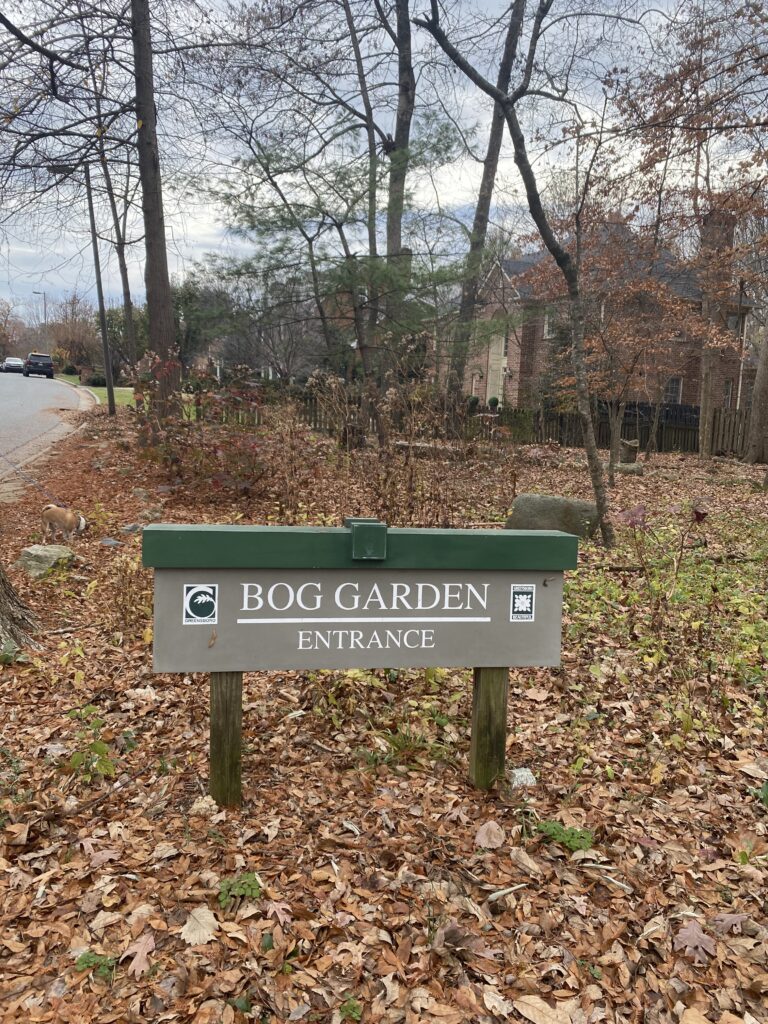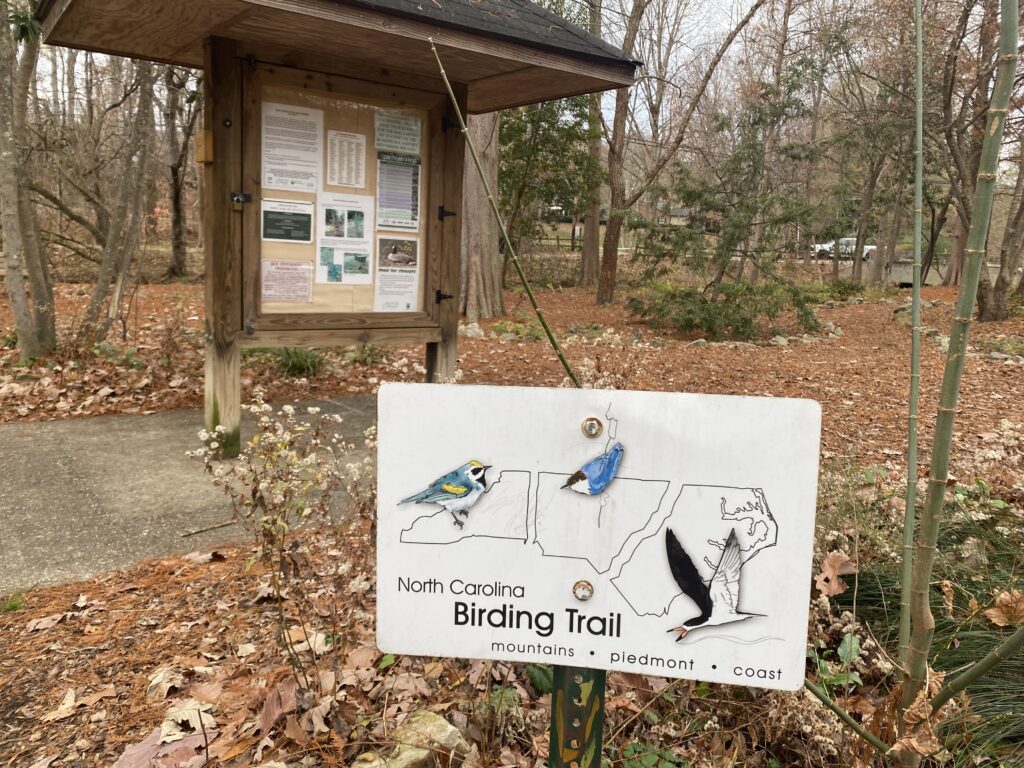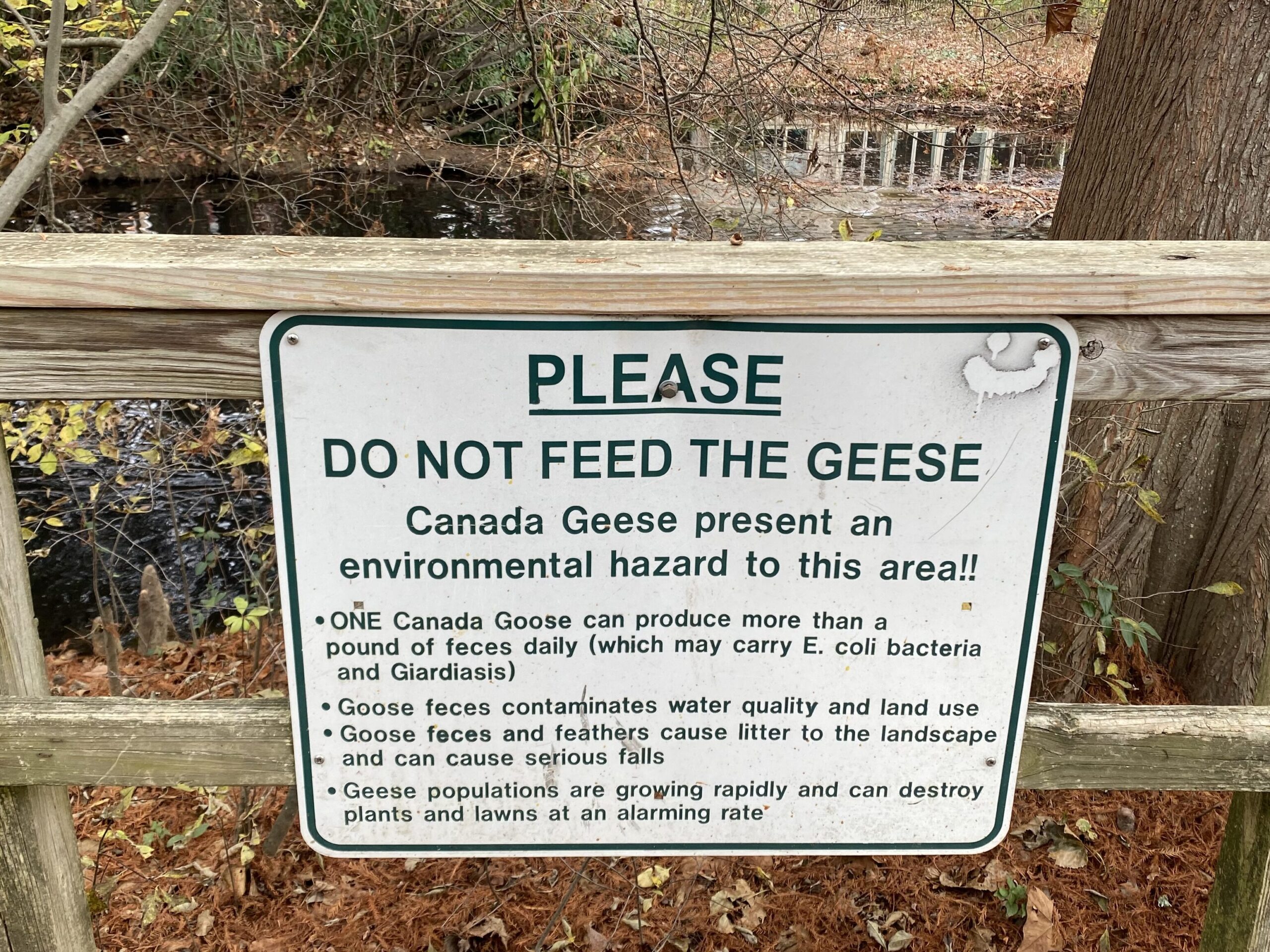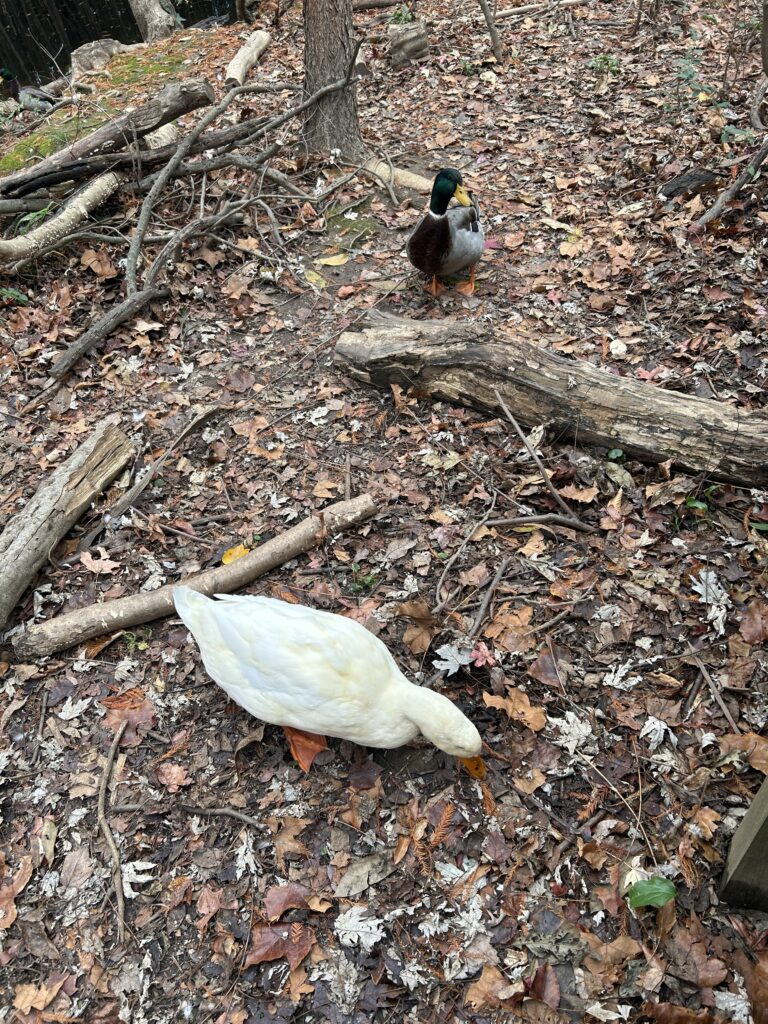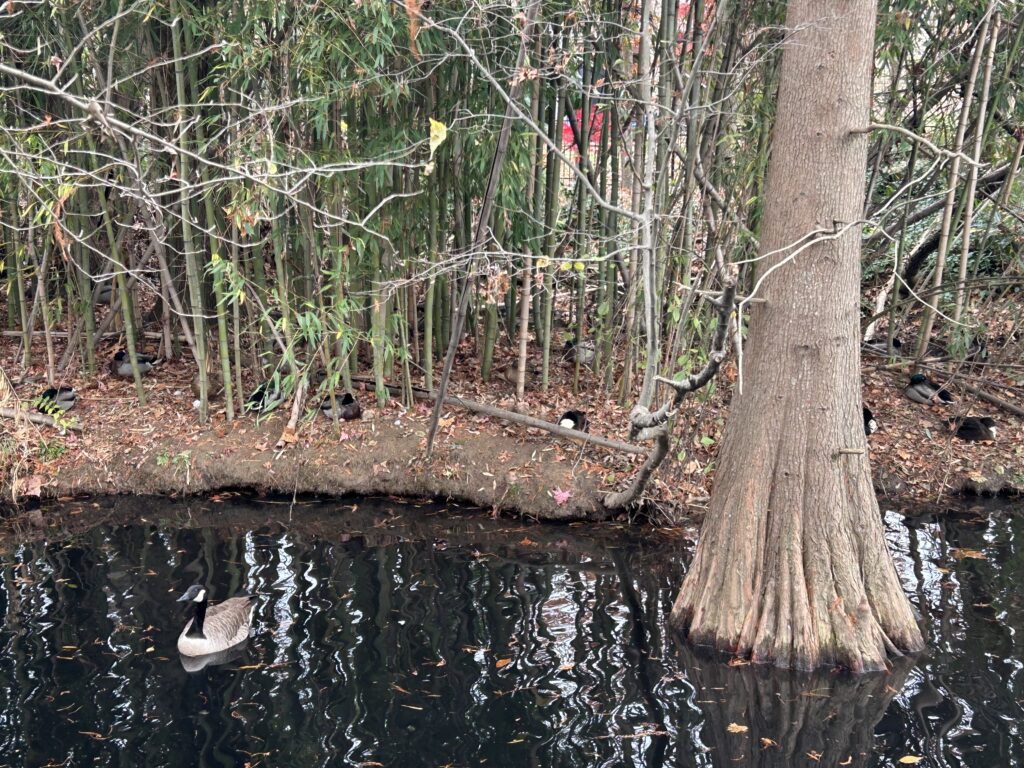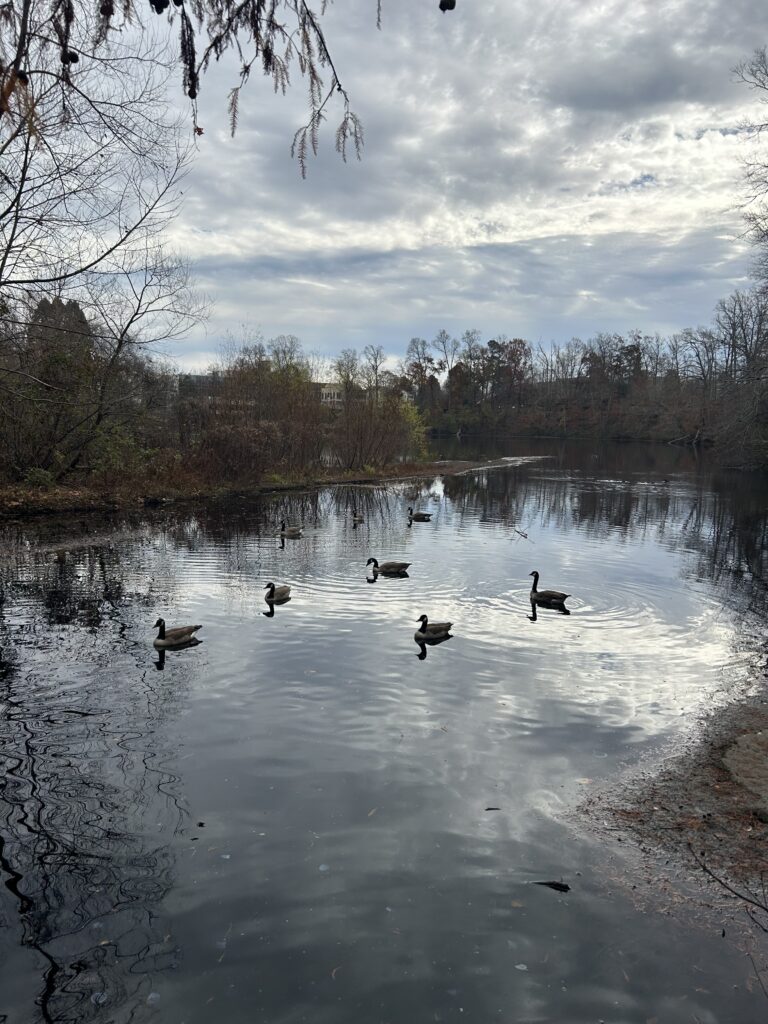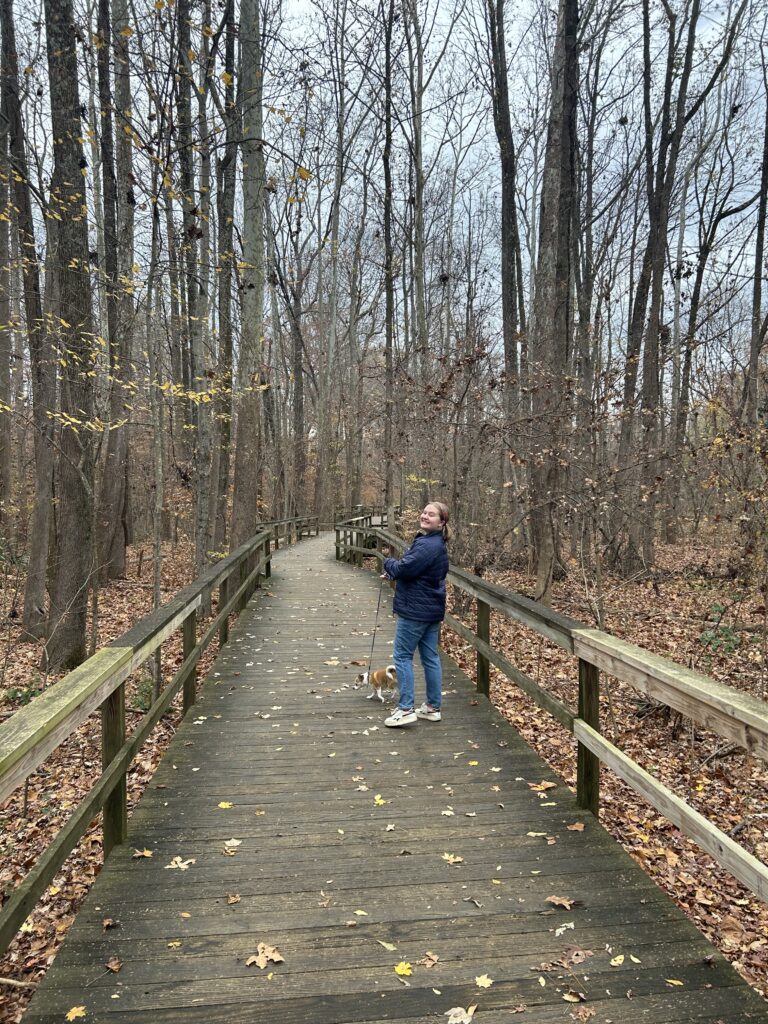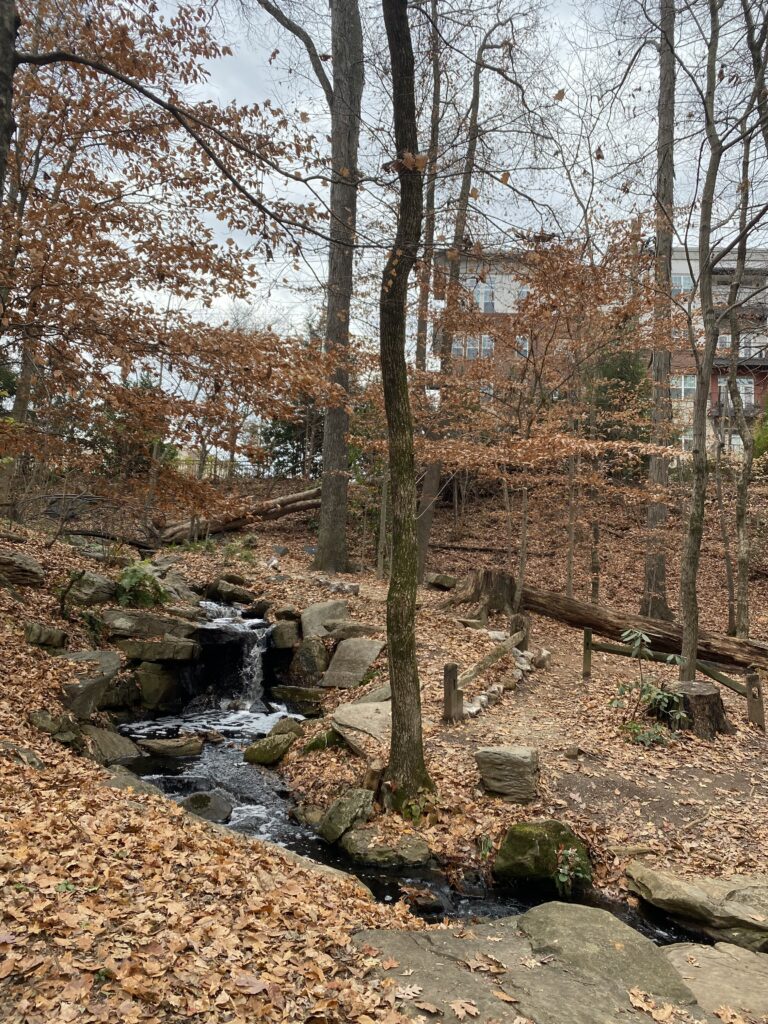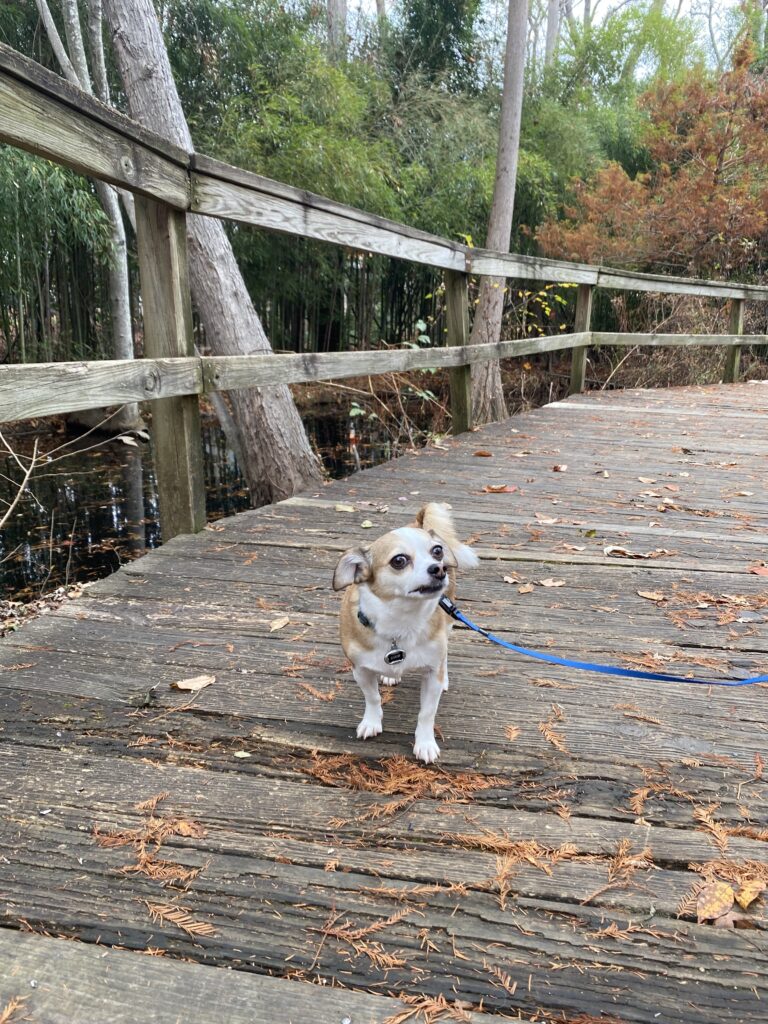How has your site changed over time?
If the school year lasted just a few more weeks, I would have seen the Redstone Pines come full circle. When I first visited the Pines, before the phenology project even began, it was a place full of joy, greenery, and connectedness. The towering trees were impressive and awe-inspiring among the brick and concrete campus buildings and dorms. There were always so many birds at the Pines, to the point where hammockers would have to swat them away. The area was sunny and full of mushrooms littering the grass. As fall came around, the Pines grew empty almost overnight. After that first cold snap, the ground became covered in pine needles and pine cones. The sparse shrubbery died, but the tall trees remained green. Snow covered the ground on the pines for a few months, and was always decorated with tracks from neighborhood dogs. I witnessed a dead squirrel at the base of a tree during one of my visits, illustrating the reality of wildlife in Vermont winter. Now, as the weather slowly but surely warms once again, the pines are muddy and wet, recovering from a season of snow cover. In the next few weeks, when I am back home in good ole 90-degree Carolina weather, I am sure the pines will begin to bloom and return to its summer glory.
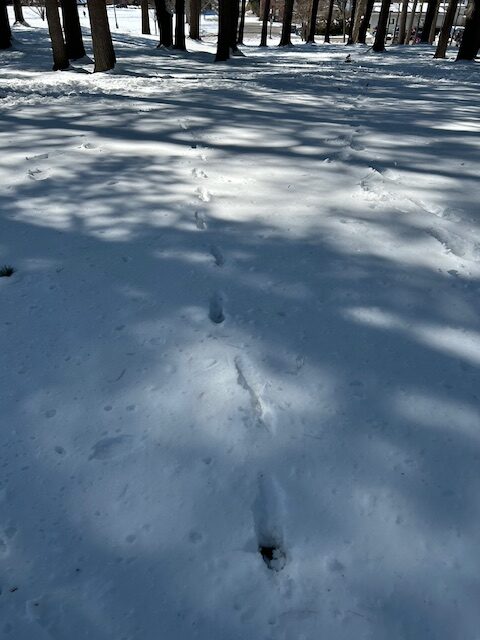
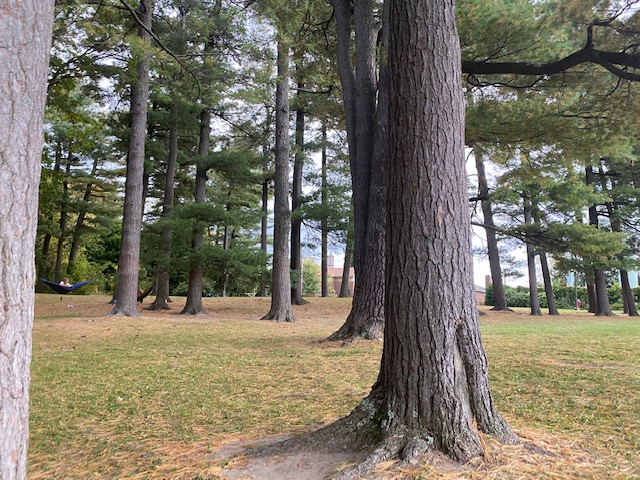
What are the major and minor landmarks you’ve become familiar with?
I have become incredibly familiar with the setup of the Pines. Being it is a relatively small plot of land, I could likely draw a map of it from memory now. One landmark I particularly like is the rock formation, because I haven’t seen anything similar on campus. I have also enjoyed observing the far boundary of the Pines that borders the private residences. Because this barrier is made up of deciduous maples, it perfectly blocks out the fence and houses during the summer, but is almost nonexistent during the fall. This makes for a very different landscape in summer vs winter privacy wise.
In what ways do nature and culture intertwine here?
The Redstone Pines are an essential part of UVM culture for many students. It is no secret that Redstone campus is one of the more social places to live, and the Pines serve as the outdoor hub for social gatherings here. When weather allows, this location provides a relaxing place where students can take advantage of nature’s benefits. On warm days, every UVM student’s Instagram feed will be full of cute hammocking selfies from the Pines. It is a location we all know and love!
Do you consider yourself a part of your place? Why or why not?
This is a thought-provoking question for me. In general, I have never found myself feeling like a part of nature. Whenever I go hiking or camping, I always adopt the mindset of a visitor who has the privilege of visiting a beautiful place. This is something I was taught by Leave No Trace and outdoor ethics training. In the case of Redstone Pines, I honestly don’t feel like a part of the place, but I am certainly a frequent and respectful visitor.

Bye bye, Redstone Pines!

